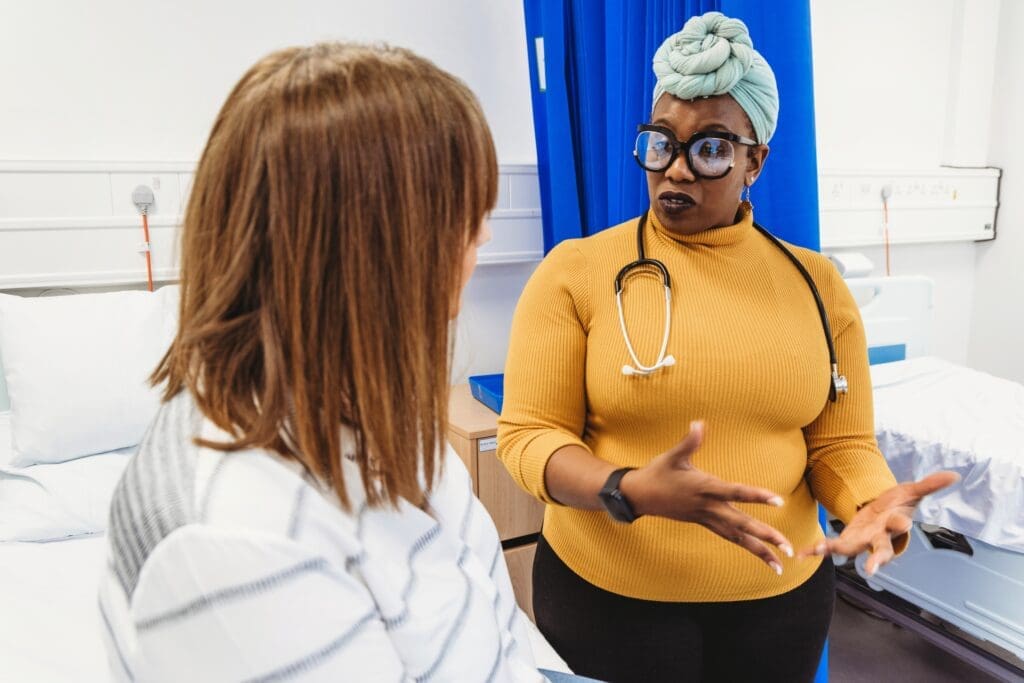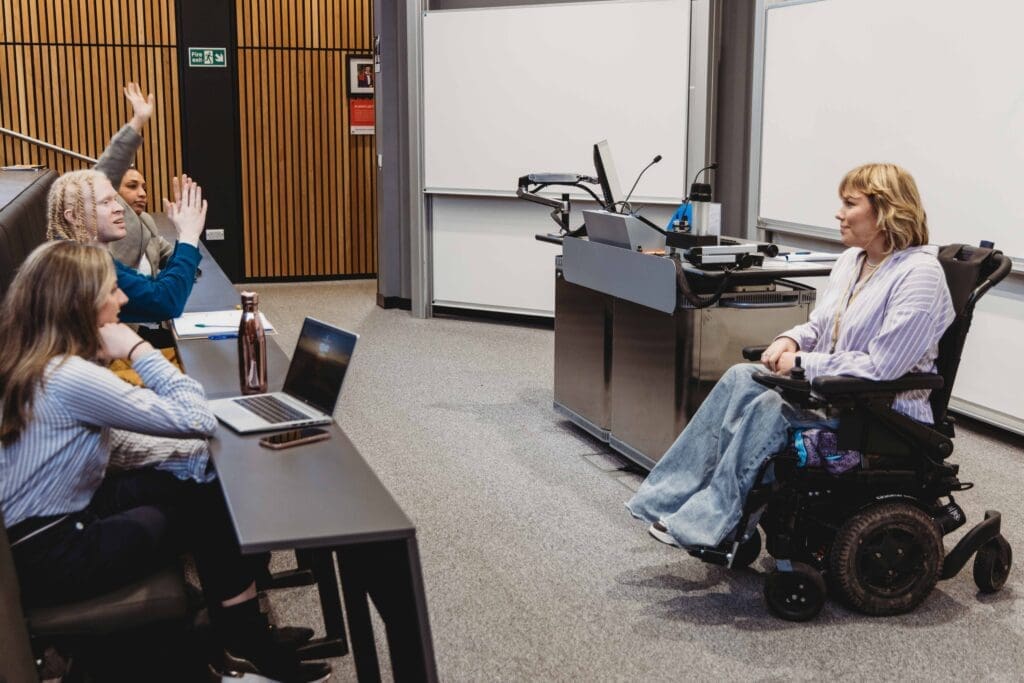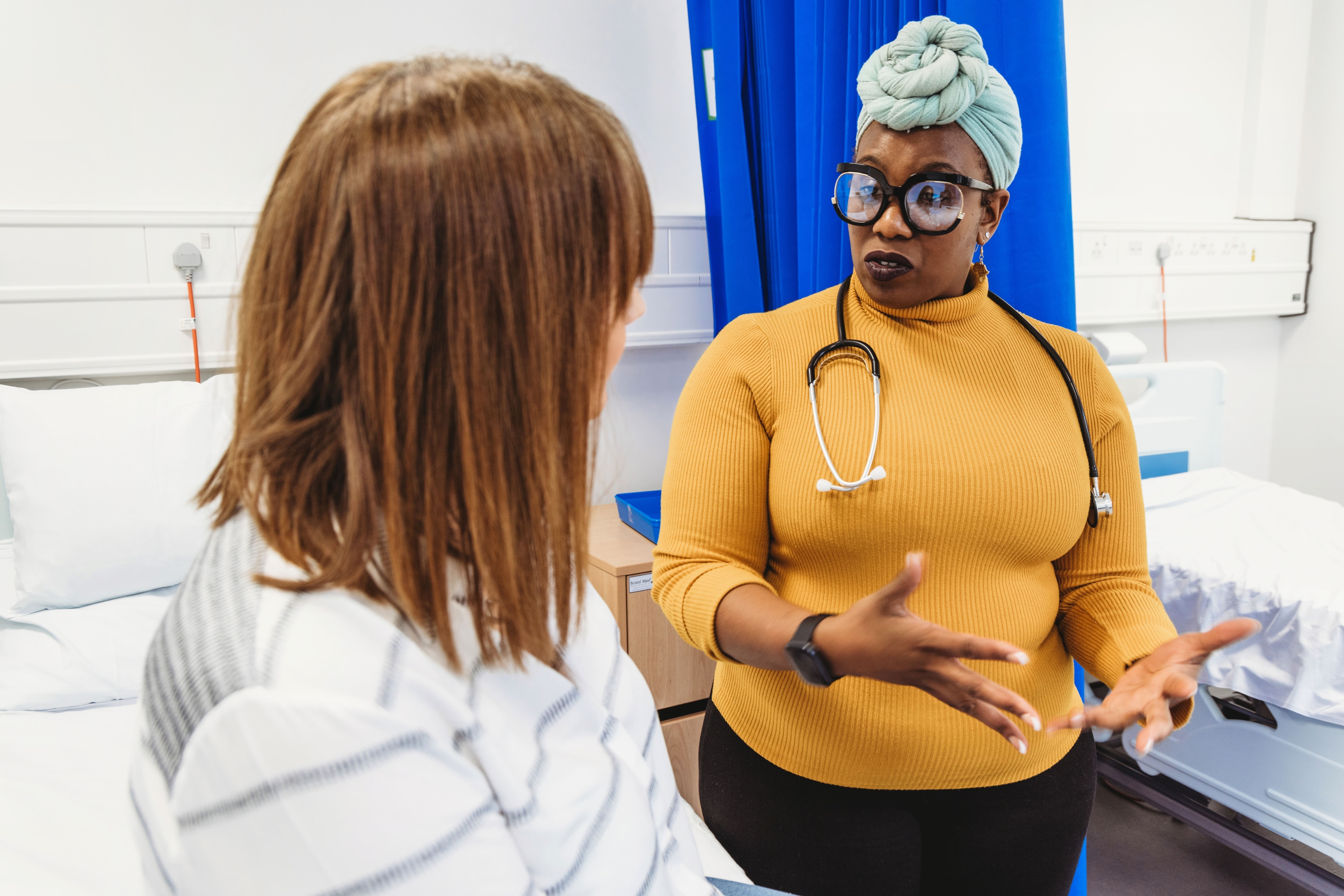New images help improve the way disability is portrayed
Fifteen new images have been launched to the media this week as part of our Changing the image of disability campaign, which aims to improve the way that disability is portrayed in the media and advertising. The images are part of a free collection of 75 disability smart images, which are available to members of the media to help them represent disability in a fair and authentic way.
Thanks to two London models, who were among 40 other professional disabled models, the new collection shows disabled people in a variety of authentic, everyday settings, such as healthcare, education and social situations.
Amelia was one of the professional models featured. Amelia who has less-visible disabilities (ADHD, dyslexia and dyspraxia) said of the campaign:
“Whether it’s a visible disability or an invisible disability, letting people know you’re not alone is vital. Seeing yourself represented in the wider population means you can think ‘I matter, I exist, I’m here and I’m here to be seen’.

The images are part of a wider campaign, launched in 2024, to challenge perceptions of disability, after research commissioned by BDF found that only 23 per cent of people with a disability surveyed agreed that images of disabled people used in content they had seen, watched or read reflected their own experience of disability.
When shown in conventional stock imagery, disabled people are often depicted in a medical or care setting, with only a few, select disabilities shown. Less-visible conditions, including mental health conditions, are rarely depicted. Stock images have also been known to use non-disabled models to portray disabled people, and it is believed that disabled models are severely underrepresented.
Research conducted by Ipsos on behalf of BDF last year found that a third (32 per cent) of UK adults surveyed had not seen any disability represented in content they had seen, watched or read during the last six months. This is despite one in four people in the UK having a disability.
Amelia is from London and hopes the campaign and the new image collection will improve perceptions of disability. When she was younger, she loved taking photographs and that led her into an early career as a model. However, Amelia, who is black, became disillusioned when she realised that none of the models seemed to be like her. She felt models were always ‘stick thin’, a certain height and they all looked the same. She did not feel they represented her.
Emma, a wheelchair user, from London, is also featured in the new images. She has a condition called Charcot Marie-Tooth disease, a group of inherited conditions that damage the peripheral nerves and cause muscle weakness and numbness. For Emma, her CMT was not inherited, but was triggered by a mutation and therefore she and her family had no knowledge of the condition prior to her diagnosis.
She grew up feeling out of place at school. Once she left school, she continued to struggle, wondering if there was a place for her in the world.
Emma said that, for much of her life, she hid her disability, including the leg splints she used to wear every day – until this was no longer possible.
“When you have a disability and people around you can’t fully understand what you’re going through, seeing someone like yourself in the media is life-changing as you suddenly realise you’re not alone.”

The new images are part of a free collection for media and part of a larger collection of hundreds of images for businesses (accessible via BDF membership). The images are intended to challenge public views of disability and BDF has created free guidance and its ‘Ten principles of disability-smart imagery’ resource to provide useful advice for everyone.
One of our Members who is using the Image Bank said:
“I found the bank really helpful in developing a disability toolkit for our organisation. I have found it a really helpful resource.”
Go to Business Disability Forum’s ‘Changing the image of disability’ campaign page to access the images and guidance.
